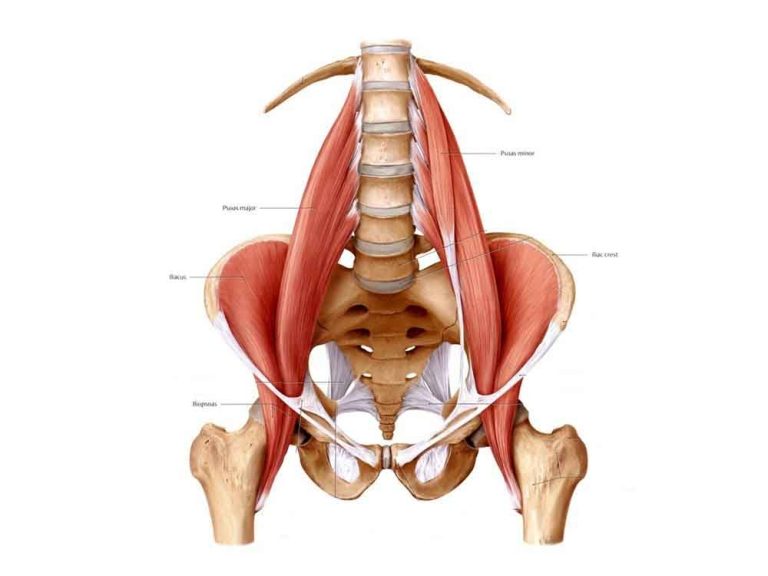What Is The Action Of The Psoas Major?
The psoas major is a muscle located deep in the core of the body and is essential for maintaining balance, proper posture, and mobility. It plays a key role in both stabilizing and mobilizing the spine, hips, and legs. In this article, we’ll discuss the action of the psoas major and how it contributes to overall body movement.
What is the function of the Psoas major?
The psoas major is a deep muscle that runs along the lower back and connects the spine to the femur. It is one of the most important muscles in the body, as it helps to stabilize the spine and pelvis, while also providing support for other muscles.
The primary function of the psoas major is to flex the hip joint. This means that when it contracts, it brings your thigh closer to your torso. It also helps with lateral rotation of your hip joint, which is when you turn your leg outward away from your body.
The psoas major also plays an important role in stabilizing your spine and pelvis by helping to hold them in place during movement. This allows you to move more smoothly and efficiently, without putting too much strain on your back or hips.
In addition, the psoas major helps with posture by keeping you upright and preventing slouching or hunching over. This can help prevent pain and discomfort in your back due to poor posture.
The psoas major is an essential muscle for proper movement and stability of the spine and pelvis. Without it, many everyday activities would be difficult or impossible.
What does the Iliacus and Psoas major do?
The iliacus and psoas major are two muscles located in the lower back and pelvis that work together to help with movements of the hip and thigh. The iliacus originates on the inner surface of the ilium, while the psoas major originates on the sides of the lumbar vertebrae. Together, these muscles flex the hip joint, which includes bringing your thigh up towards your chest or bending at your waist. They also internally rotate your thigh, meaning they can turn your leg inward.
The iliacus and psoas major are important for activities such as walking, running, jumping, and climbing stairs. They help provide stability to the spine by supporting our core and allowing us to move freely without putting too much strain on our back. These muscles can become tight from sitting for long periods of time or from physical activities like running or cycling.
Stretching out both muscles is important for maintaining flexibility in our hips and preventing injury. A few exercises that target these muscles include: standing hip flexor stretch; kneeling lunge; standing quadriceps stretch; lying side-lying hip rotation; bridge pose; single-leg bridge pose.
It’s important to remember that stretching should be done before any activity involving movement of the hips or thighs to avoid injury. Taking care of our bodies is essential for staying healthy and pain-free!
Is the psoas major a hip flexor?
The psoas major is a muscle that is located in the lower back and runs through the pelvis to attach to the femur. Its primary function is to flex the hip, meaning it brings your thigh up towards your torso. This muscle is often referred to as a hip flexor because of this movement.
The psoas major also plays an important role in stabilizing your spine and core, as well as helping you maintain good posture. Many people who suffer from chronic lower back pain have weak or tight psoas muscles, which can lead to further issues if not addressed properly.
In addition to its role as a hip flexor, the psoas major also helps with other movements like side bending and rotation of the trunk. It’s important to keep this muscle strong and flexible in order to prevent injury and maintain proper form when performing exercises such as squats, deadlifts, and lunges.
The answer to whether or not the psoas major is a hip flexor is yes. This muscle plays an important role in hip mobility and stability, so it’s important that you take care of it by stretching regularly and engaging in strengthening exercises.
Final Thoughts
The psoas major is a muscle located deep in the abdomen that connects the lower spine to the femur. It is responsible for flexing the hip joint and stabilizing the trunk of the body. Additionally, it assists with lateral rotation and extension of the hip. The psoas major is an important muscle for activities such as walking, running, and climbing stairs.







